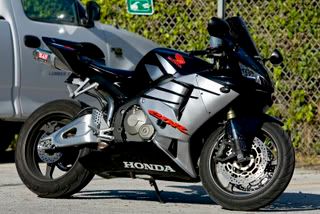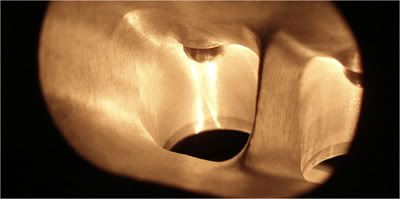So I was reading on wiki about air/fuel ratios, and it was saying how the "test fuel" consisted of
but that our fuel has
which apparently can push the ratio down...i.e 14.1:1 This is a more rich mixture yes?
So what does this matter in terms of tunning be it n/a or boost? Is that a small change from 14.7 to 14.1? How can you find the ratio for the fuel you run or should you just go with 14.7...or 14.1 :1 for your a/f ratio?
Granted it doesn't specify octane rating really
Does this mean on an n/a build I should shoot for 14.1:1 a/f ratio?
or *see below
also from wiki
true? how dangerous is this? Is this meaning 100 octane rating? Seems to make the argument of what IS the true stoich. ratio null
Originally posted by Wiki
Originally posted by Wiki
So what does this matter in terms of tunning be it n/a or boost? Is that a small change from 14.7 to 14.1? How can you find the ratio for the fuel you run or should you just go with 14.7...or 14.1 :1 for your a/f ratio?
Granted it doesn't specify octane rating really
Does this mean on an n/a build I should shoot for 14.1:1 a/f ratio?
or *see below
also from wiki
Originally posted by Wiki

 __
__





Comment